Good Friday Agreement: 20 years on, Northern Ireland remains divided – but a united Ireland is now a real possibility
With power sharing on life support and Brexit threatening everything, Irish unity is on the agenda like never before – but the art of compromise must be rediscovered first
Your support helps us to tell the story
From reproductive rights to climate change to Big Tech, The Independent is on the ground when the story is developing. Whether it's investigating the financials of Elon Musk's pro-Trump PAC or producing our latest documentary, 'The A Word', which shines a light on the American women fighting for reproductive rights, we know how important it is to parse out the facts from the messaging.
At such a critical moment in US history, we need reporters on the ground. Your donation allows us to keep sending journalists to speak to both sides of the story.
The Independent is trusted by Americans across the entire political spectrum. And unlike many other quality news outlets, we choose not to lock Americans out of our reporting and analysis with paywalls. We believe quality journalism should be available to everyone, paid for by those who can afford it.
Your support makes all the difference.Northern Ireland is waiting.
“Wait and see what happens,” a family friend told me recently, “but why would you stay here when things are like this?” It’s a depressingly familiar refrain often heard by people like me who came of age in a post-conflict Northern Ireland, but have seen little reconciliation since.
Job prospects and and a disillusionment with politics are among the issues still pushing many millennials, like generations before them, to move away. Except now, things are supposed to be different.
Twenty years ago, on 10 April 1998, peace came to Northern Ireland. After 30 years of brutal sectarian conflict, in which more than 3,600 people were killed, political groups agreed to reject violence and work together to solve problems democratically. It was called the Good Friday Agreement.
A devolved assembly would be established for both sides to govern together and while unionists were assured of their British identity, a united Ireland was acknowledged as a legitimate political goal for republicans. Some 71 per cent of people in Northern Ireland voted to accept the agreement in a referendum, with the DUP being the only party to reject it.
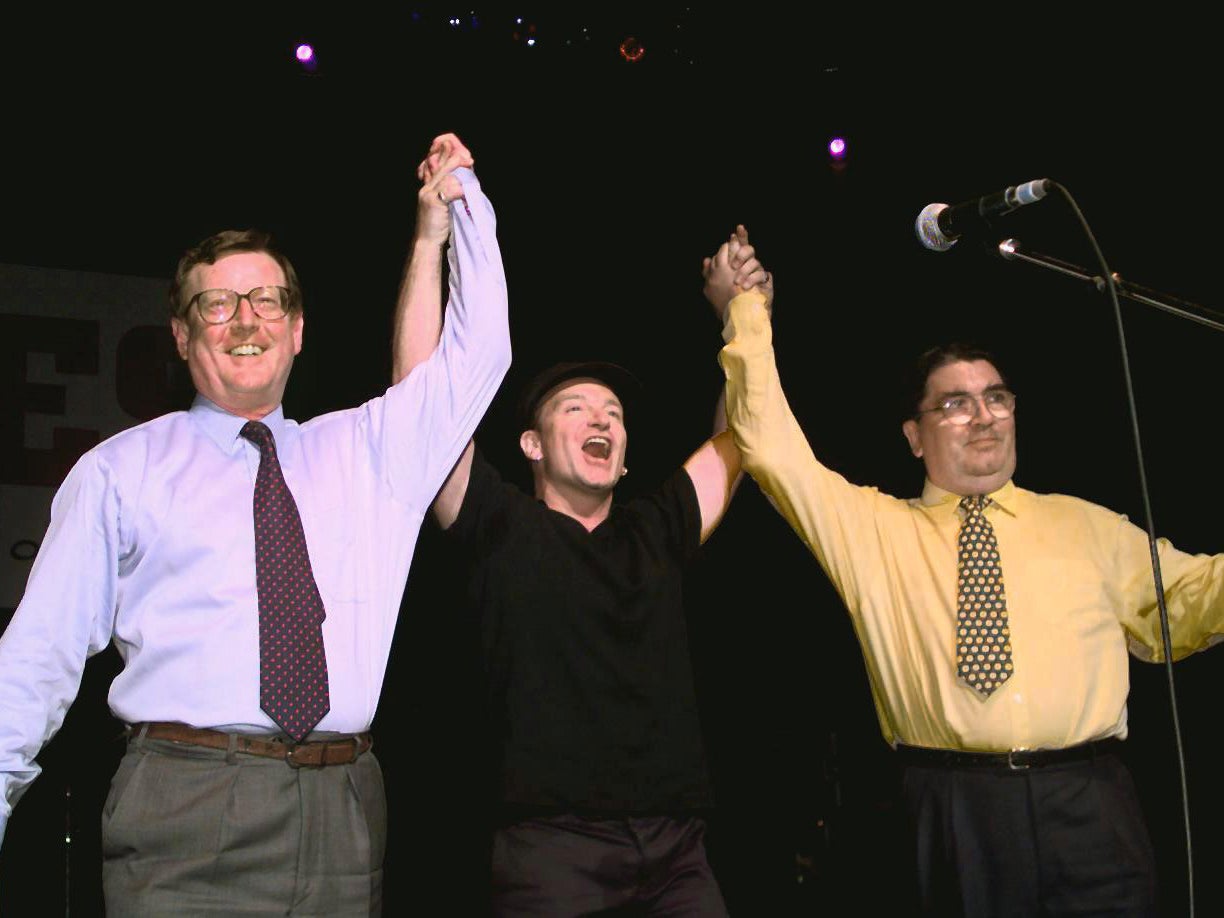
The years that followed saw continued political instability and fringe paramilitary activity but largely, the deal held. By 2003, voting patterns in Northern Ireland shifted considerably. While Ulster Unionist Party (UUP) leader David Trimble and Social Democratic and Labour Party (SDLP) leader John Hume had been awarded the Nobel Peace Prize for their efforts in 1998, their parties were gradually sidelined.
Instead, the electorate moved towards more hardline options. The DUP, led by the formidable Rev Ian Paisley, with their staunch Presbyterian values, and unwavering loyalty to Britain overtook the UUP; and Sinn Fein, the unapologetically republican party with former IRA prisoners among its ranks, effectively replaced the SDLP.
And yet, they managed the unthinkable. In 2008, Ian Paisley and Martin McGuinness led the two parties into power sharing for the first time, and were seen not just working together, but laughing together.
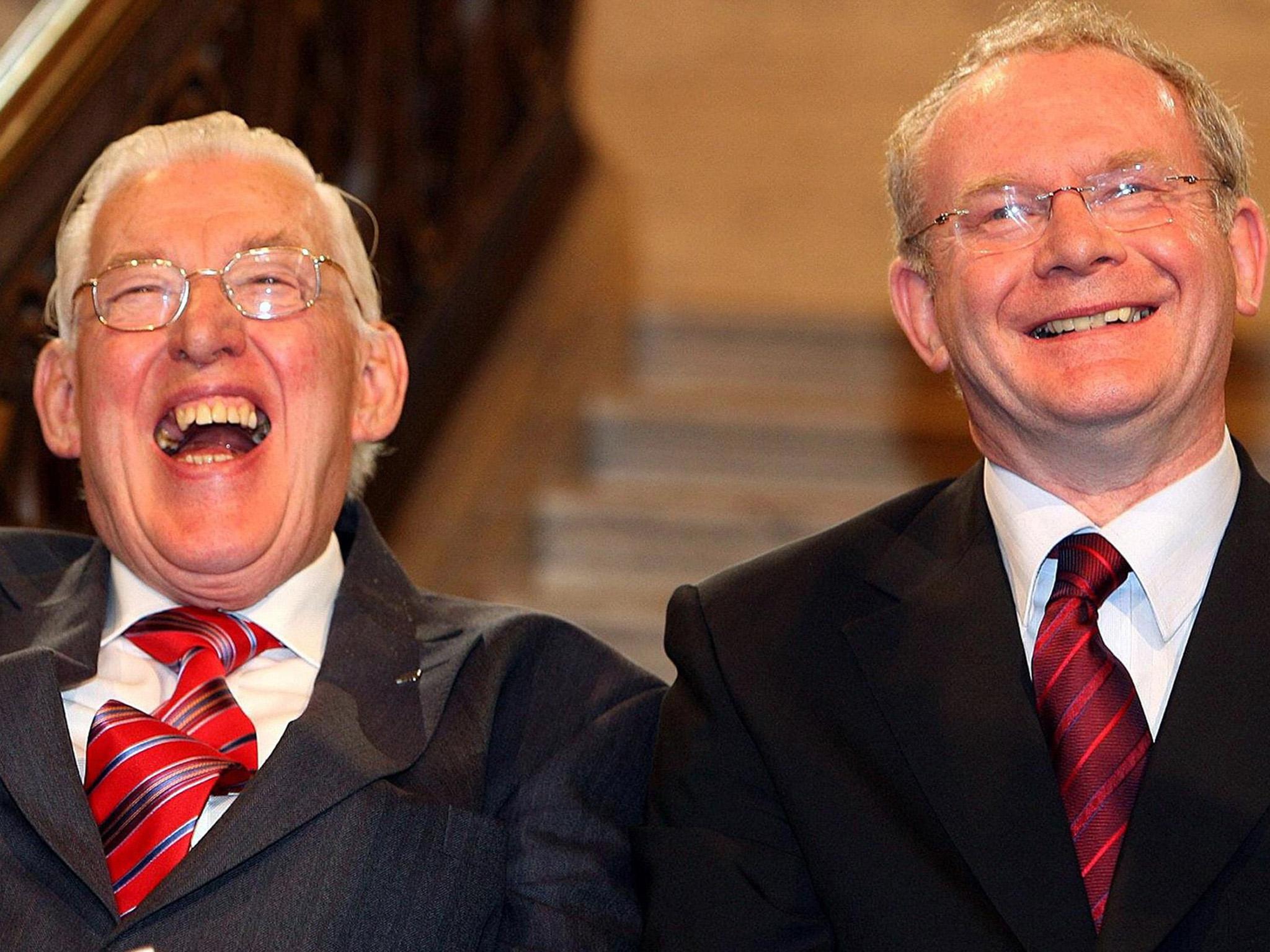
But while violence faded from the streets, a cultural battleground began to open up politically – not just over the very narrative of the Troubles, but over parading, flags and language, with the DUP fighting for a retention of all things British, while Sinn Fein vouched for Irish culture to be given the equal weighting it was promised in the agreement.
Naomi Long is the leader of Alliance, a small, centre ground party with members from both communities. She says even at the height of the conflict, politics was not as starkly divided as it is now.
“I think there has been a reliance on the use of the politics of fear, and using that as a rather lazy means to garner votes in elections,” she explains. “The big political parties essentially ask people to vote for them to keep other people out, rather than as a positive expression of what their ambitions and aspirations for the future might be.”
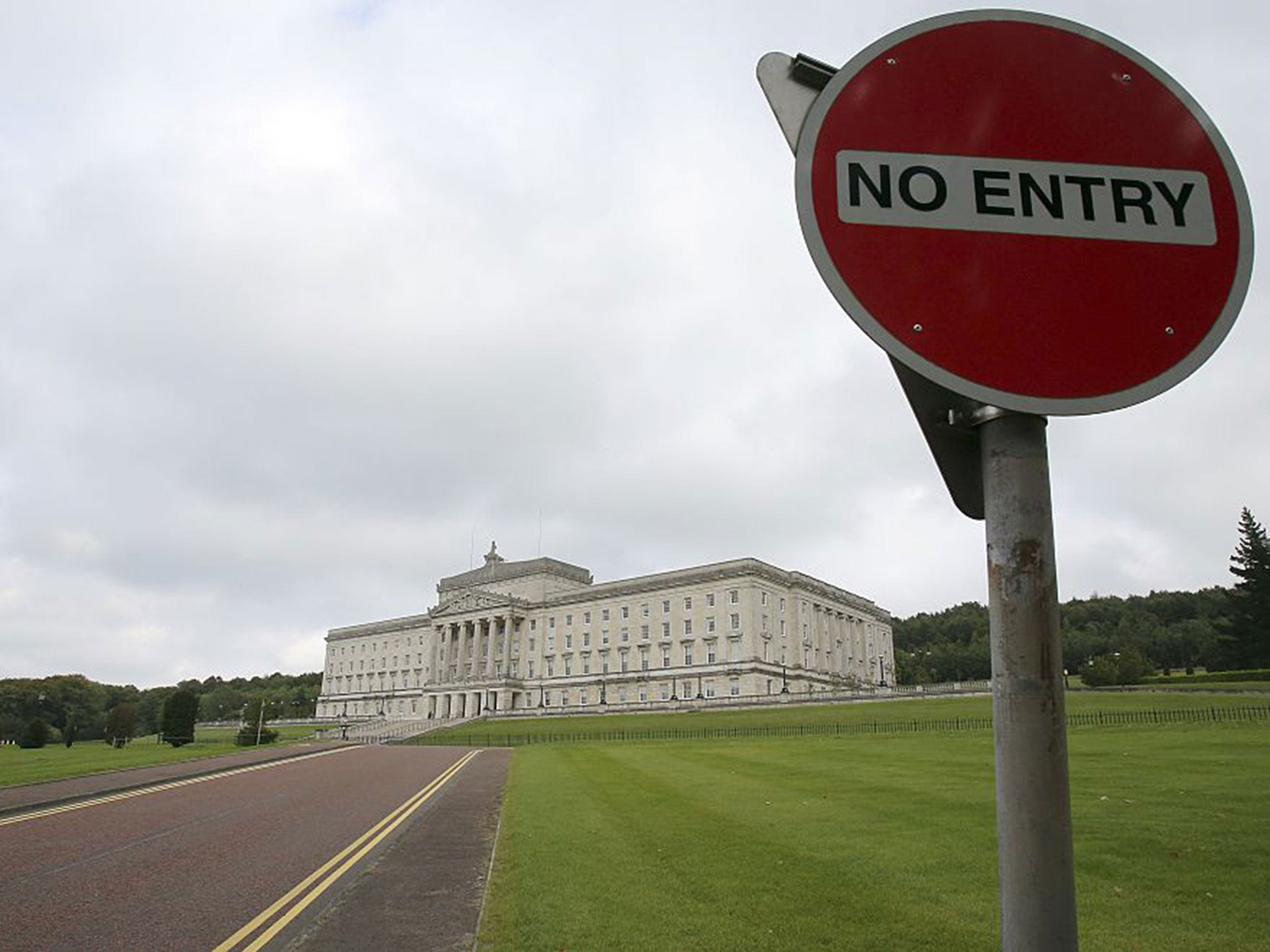
But whether the parties are setting the agenda from their offices at Stormont, or whether they are merely responding to the wishes of the people on the street, both the DUP and Sinn Fein are totally in step with their ever hardening bases.
One of the best litmus tests is The Nolan Show, “the biggest show in the country” broadcast every morning on BBC Radio Ulster. The impassioned, angry, and often downright bigoted views expressed by callers have made the very name of the show synonymous with sounding off.
A recent standoff heard a unionist man refuse to call Sinn Fein’s Mairtín O Muilleoir by his Irish name, because a previous republican caller refused to even call the country “Northern Ireland”. As they argued among themselves, Stephen Nolan spoke for many listeners when he muttered, “This is pathetic.”
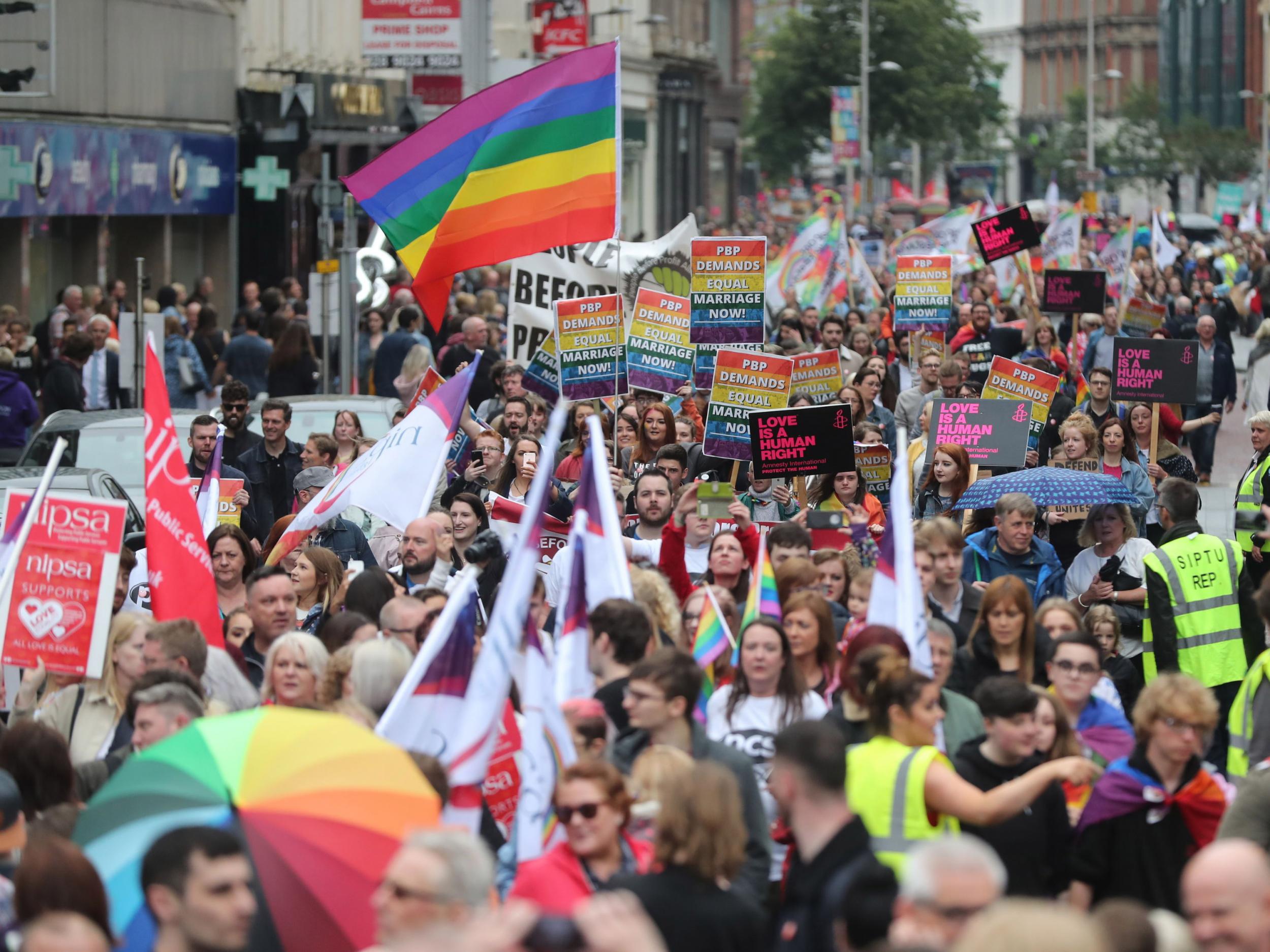
It would be pessimistic to suggest that the show’s more colourful callers are representative of Northern Ireland as a whole, but it would be a blatant dismissal of the region’s political stalemate to suggest it is not. Just as the callers cannot agree, increasingly, Sinn Fein and the DUP can’t either.
On 9 January last year, Martin McGuinness resigned his position as deputy first minister over a political scandal that implicated DUP leader Arlene Foster – although she denies any wrongdoing. Declaring it “the right time to call a halt to the DUP’s arrogance”, Northern Ireland’s mandatory power sharing coalition meant his resignation also removed Foster from her position as first minister, collapsing the assembly.
His statement, an astonishing swansong delivered two months before his death, also laid out a litany of claims against the DUP. After 10 years of working together, McGuinness concluded that, “the equality, mutual respect and all-Ireland approaches enshrined in the Good Friday Agreement have never been fully embraced by the DUP.”
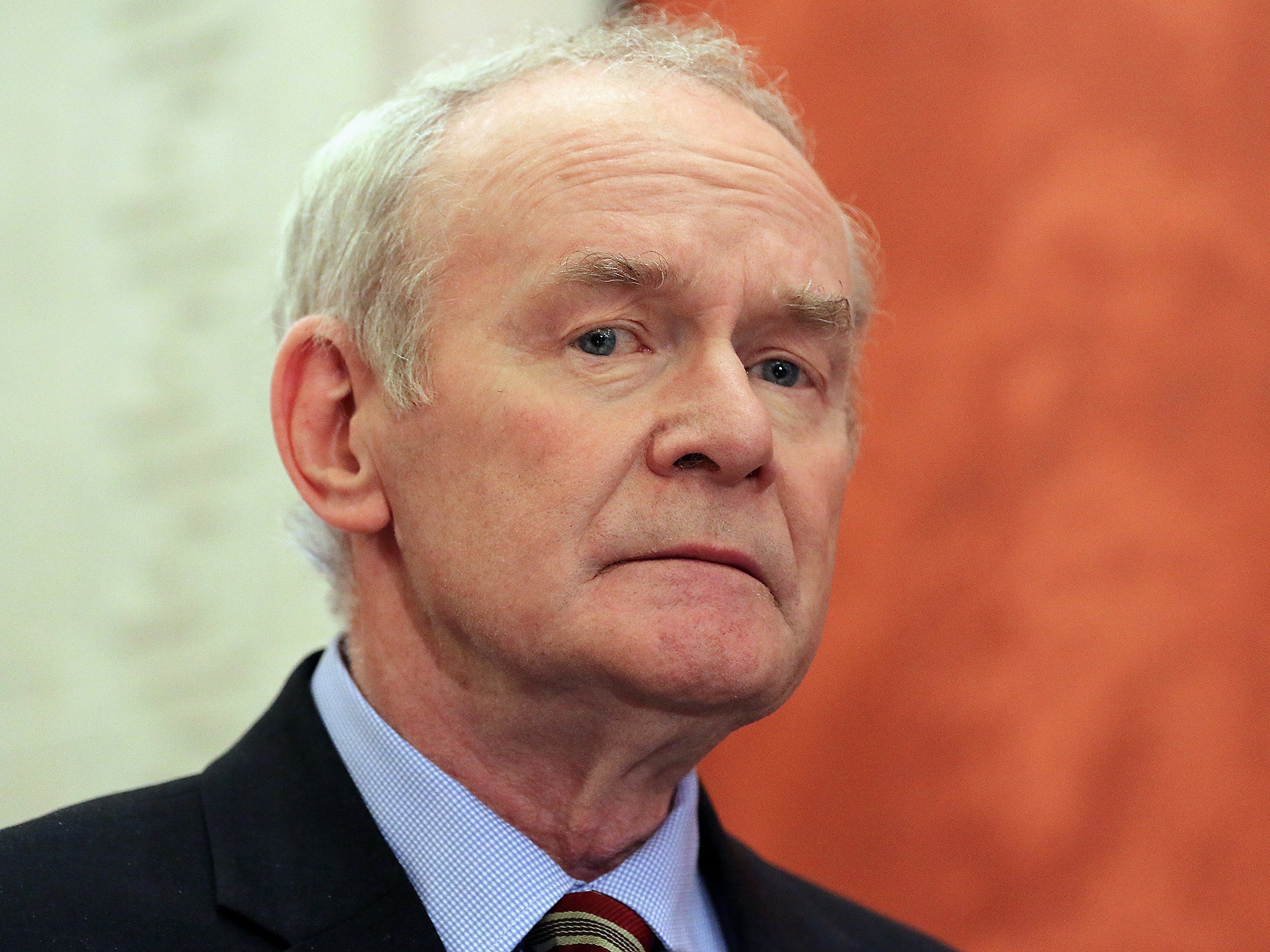
This brought everything crashing down, and in the election which followed, both the DUP and Sinn Fein increased their popular vote, but one side had clearly benefited. Unionism lost its overall majority for the first time ever, and Sinn Fein were suddenly just a hair’s breadth behind their rivals.
To their detriment, the DUP have also found themselves on the unfashionable side of social issues that Sinn Fein have championed, including LGBT rights and abortion reform. The general election of June 2017 brought this to the attention of the British mainstream after their confidence and supply agreement with Theresa May’s Conservatives.
Talks to restore power sharing remain unresolved, with Sinn Fein requests for parity with the rest of the UK on language rights and marriage equality being rejected by the DUP.
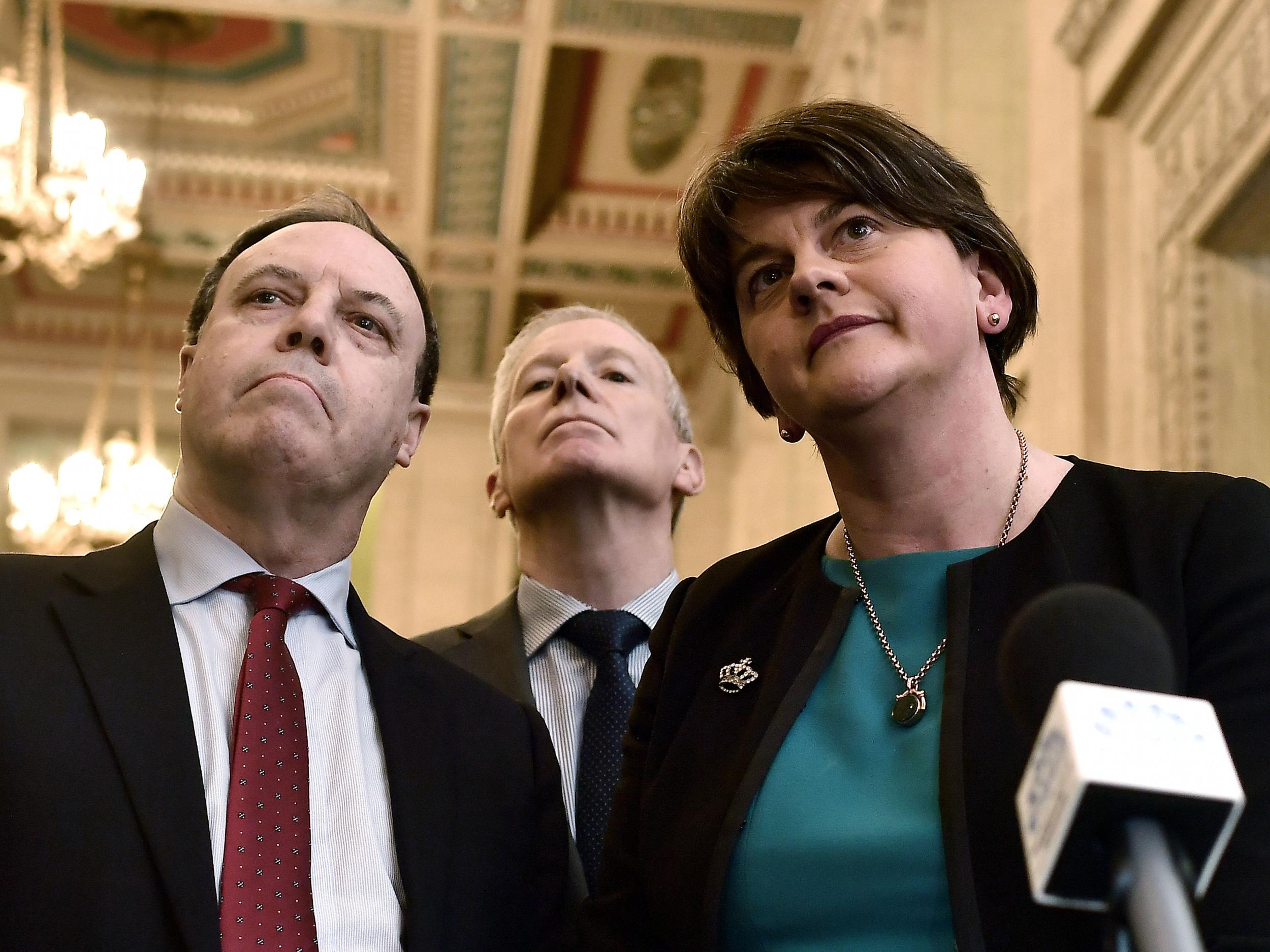
Michelle Gildernew was part of the first Sinn Fein delegation ever received at Downing Street by Tony Blair in 1997 and is now a Westminster MP. She doesn’t feel her party is asking for anything more than what people are entitled to.
“We’re looking at rights that people have across these islands,” she says, “whether that’s legacy rights, rights for LGBT citizens, for Irish, Scots, Welsh language speakers. There are rights for people everywhere across these islands, except for the six counties. I think that is a completely unacceptable situation. I’m raising three children here and I want them to have the same rights as their friends and neighbours, wherever they are.”
Talk to the average person on the street in Northern Ireland and they’ll criticise politicians, for putting cultural issues and minority rights ahead of health, housing and education – budgets for which have all been squeezed during the impasse. But every election returns the same reality. People vote in huge numbers for the DUP and Sinn Fein to hold their corners.
Former Irish taoiseach Bertie Ahern signed the Good Friday Agreement alongside Tony Blair, and maintains that bigger hurdles were overcome then.
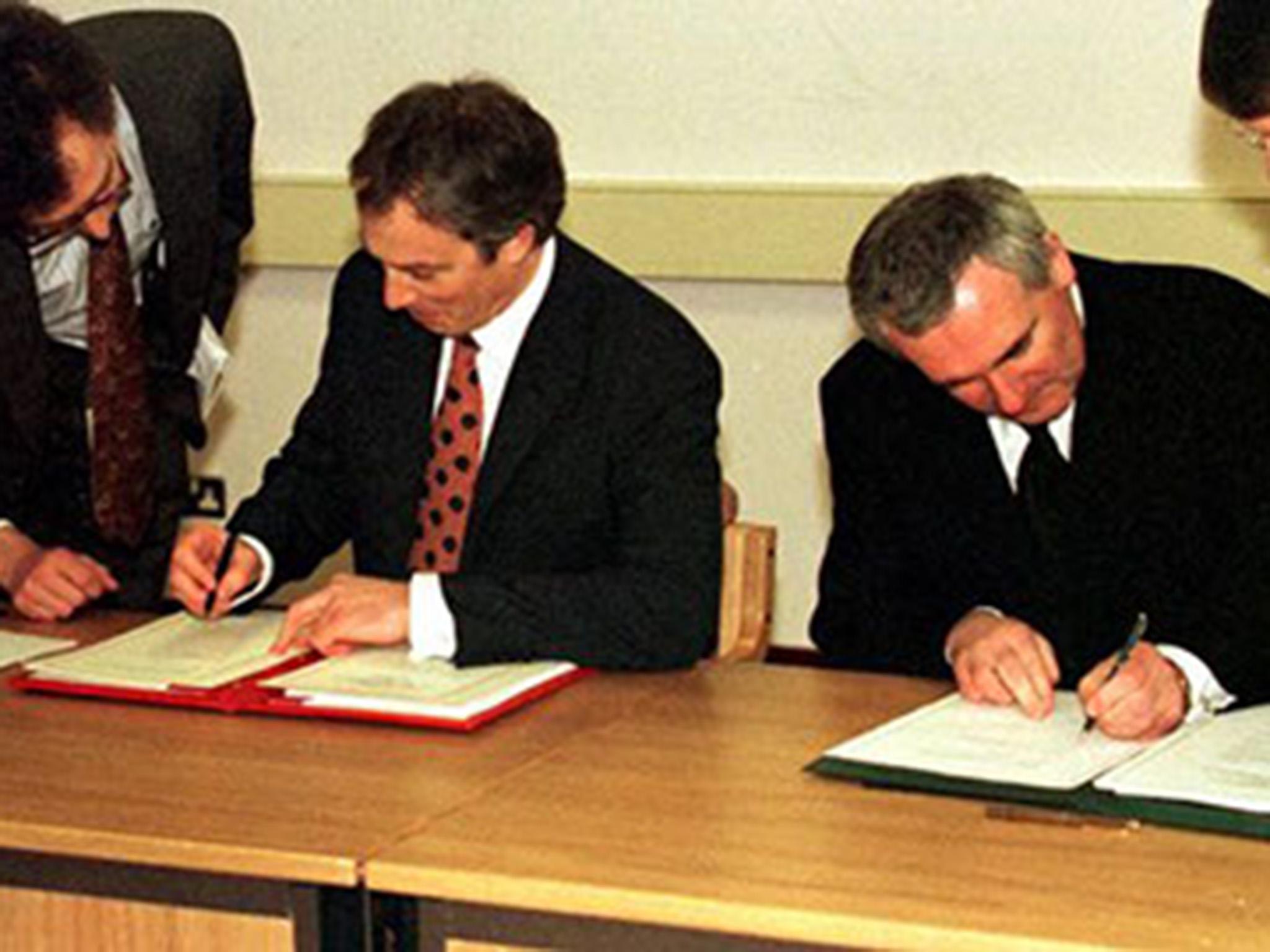
“I think everybody has to compromise,” he tells me. “If you cast your mind back 20 years ago we were dealing with the big issues of prisoners’ release, decommissioning, a new criminal justice system – they were major issues. Now I don’t want to trivialise the issues now and say they’re minor, but they’re certainly not at the magnitude of what we had to crack in 1998.”
The fundamental problem is that while the war is over, unionists and republicans remain locked in a psychological battle for the very soul of Northern Ireland. Is its future still within the United Kingdom, or are we moving towards a united Ireland?
While the Good Friday Agreement acknowledged that Northern Ireland would remain a part of the UK, it was also agreed that when a majority of people in the north and the south of Ireland wanted to reunify, a referendum could be held, and the result would be honoured.
Republicans saw this as a starting gun for their goal of reunification, and while this angered some unionists, most seemed confident it wasn’t of immediate concern – something leaders within the DUP and the UUP have felt the need to reiterate in recent weeks, with diminishing certainty.
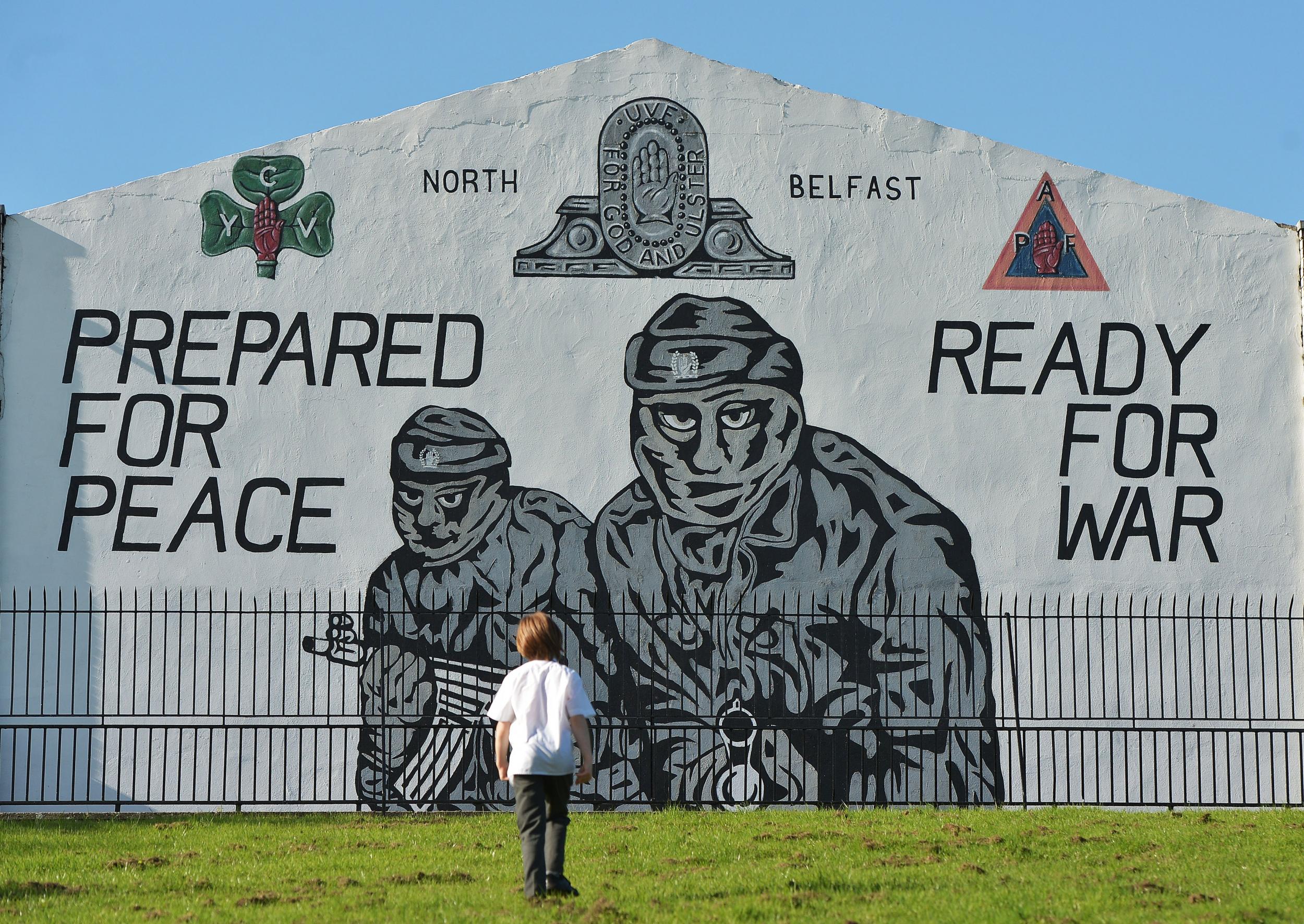
For most of the past two decades, the public discourse has maintained that republicans cannot hope to win over a majority for a united Ireland because most centre ground voters are too well off in the UK – including many nationalists who are quietly accepting of the situation. But now that seems about to change.
If Brexit stunned the country, it shook Northern Ireland to its core, where 56 per cent of people voted to remain. The European Union served not just as a guarantor for the Good Friday Agreement, but accommodated a kind of harmonisation across Ireland that contented many nationalists. An invisible border allows people to move, live and work across the island, as if it were indeed united.
Gildernew’s Fermanagh and South Tyrone constituency shares a great length of that border with four counties of the Irish Republic.
“I cross it probably every day,” she says. “People cross it for work, for business, for school, for caring responsibilities, to visit family, even just to walk the dog. We’ve spent decades trying to remove the border, not just the physical infrastructure, but in people’s hearts and minds, and any changes to that will be resisted by the communities on either side of it.”
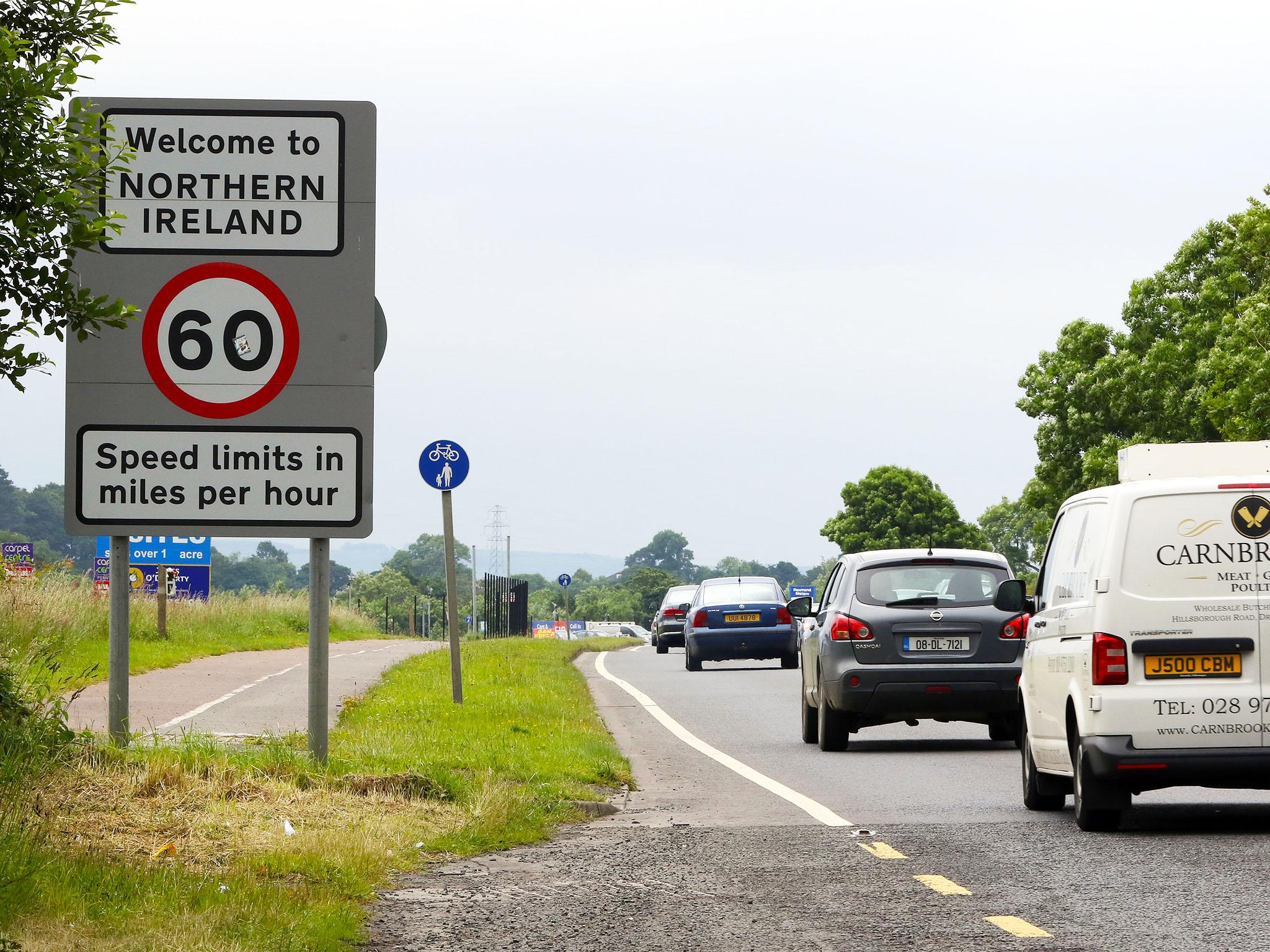
Indeed, the prospect of a border returning has also mobilised politicians in the south to take a stand, with taoiseach Leo Varadkar claiming that “no Irish government will ever again leave Northern nationalists and Northern Ireland behind”.
It’s increasingly clear that by campaigning for a patriotic cause they probably never believed would have consequences, the DUP shot unionism in the foot. Suddenly, Sinn Fein were handed a card to play which made a united Ireland a plausible, realistic and economically sensible option.
It would be lazy to assume that the 56 per cent who voted remain would automatically want to remain within the EU by means of a united Ireland, but it has certainly made the option much more appealing.
In the past two weeks, Sinn Fein vice president Michelle O’Neill has called for a unity referendum to be held within five years, while Arlene Foster was criticised after saying she would leave the country in the event of a united Ireland. The DUP were asked to provide comment for this feature, but neglected to put anyone forward.
Alex Kane is a former communications director for the UUP and believes there are strong arguments to be made for staying within the UK.
“Even if there was a referendum, I’m not convinced unionism would lose it at this point,” he says. “But I think there are more challenges for unionists now than there have been in my lifetime. I think it’s an existential challenge for unionism.”
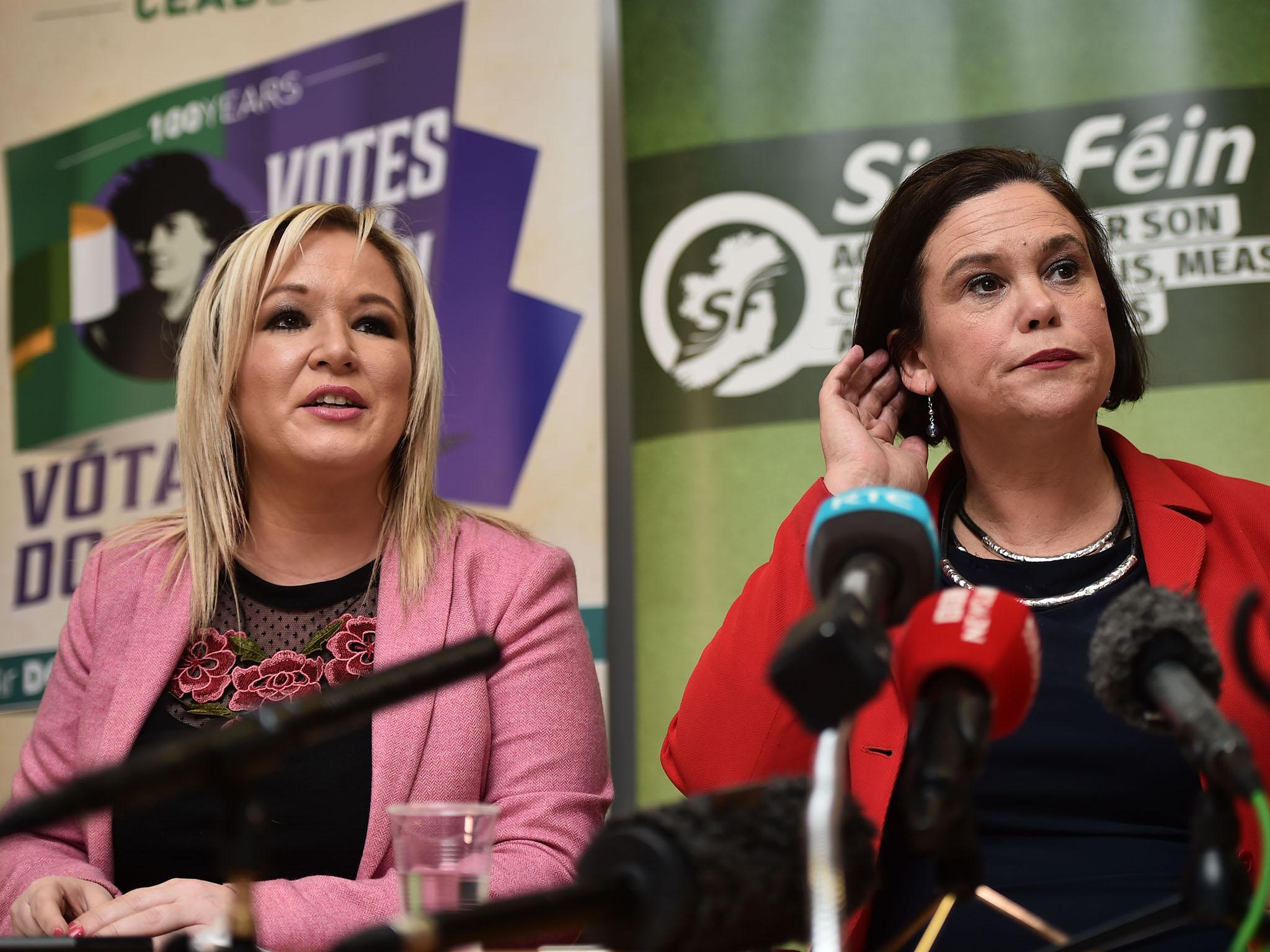
Kevin Meagher is the author of A United Ireland: Why Unification Is Inevitable and How It Will Come About. He believes it could happen by 2022, as a result of a demographic shift in nationalism’s favour, and quite possibly, Jeremy Corbyn in 10 Downing Street. He warns that the vote could be won despite the apparent polarisation of Northern Irish politics.
“An agreed Ireland is not a precondition for a united Ireland,” he stresses, “and what I’ve been saying to British politicians is if you think you can kick the can down the road until everybody gets on and everything is forgotten, you’re not going to have that option. The reality is, by 2022 you could have an electoral majority who want a united Ireland, and you’re going to have to facilitate that.”
The ultimate irony is that by so flagrantly risking the interests of Northern Ireland to carry out the will of Little Englanders, the Conservatives have put Irish reunification further up the agenda than Sinn Fein ever could have done alone.
Unionists may see this as their worst nightmare, but Meagher – a former special adviser in the Northern Ireland Office – believes it wouldn’t bother the British government much at all.
“If presented with a way out that was reasonable and effective for British ministers of either party, frankly they would have had to take an option of Irish unity 20, 30, 40 years ago. It’s been looming in British politics that this is the direction of travel.”
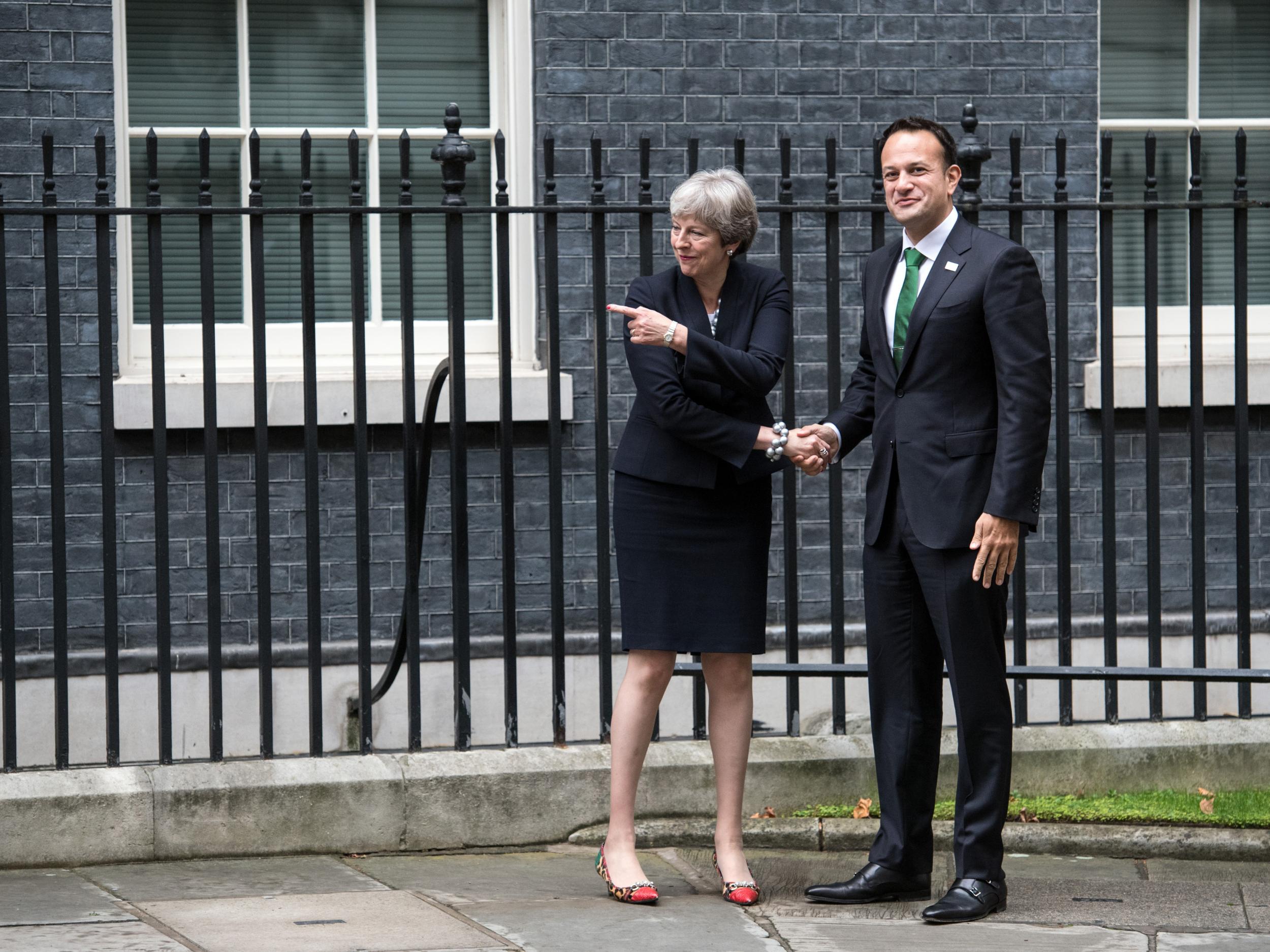
As government predictions show the GDP of Northern Ireland would be reduced by 12 per cent under a no deal Brexit, economic safety within the UK is no longer a certainty. The Irish economy, on the other hand, is growing three times faster than any other European country. The question now shifts from whether people want to risk their livelihood by joining a united Ireland, to whether people can actually afford to stay in the UK.
As it currently stands, Theresa May is promising no return to a hard border in Ireland, which is pleasing nationalists, republicans, the Irish government and the EU. She is also promising no border down the Irish Sea, to keep the DUP happy.
And yet, she is carrying out the will of a British majority, whose primary concern in voting for Brexit was immigration
. Will they really stand for the kind of soft or non-existent border the prime minister is promising Ireland? Someone, somewhere down the line, is going to be betrayed.
Deputy leader of the SDLP Nichola Mallon says it’s now time for May to deliver solutions of substance, not just empty rhetoric.
“This for us is not an orange and green issue, it’s not about the constitutional question on the island, this is about ensuring we have the best deal for people across the island, and we believe this is best served by Northern Ireland remaining in the customs union and the single market,” she says.
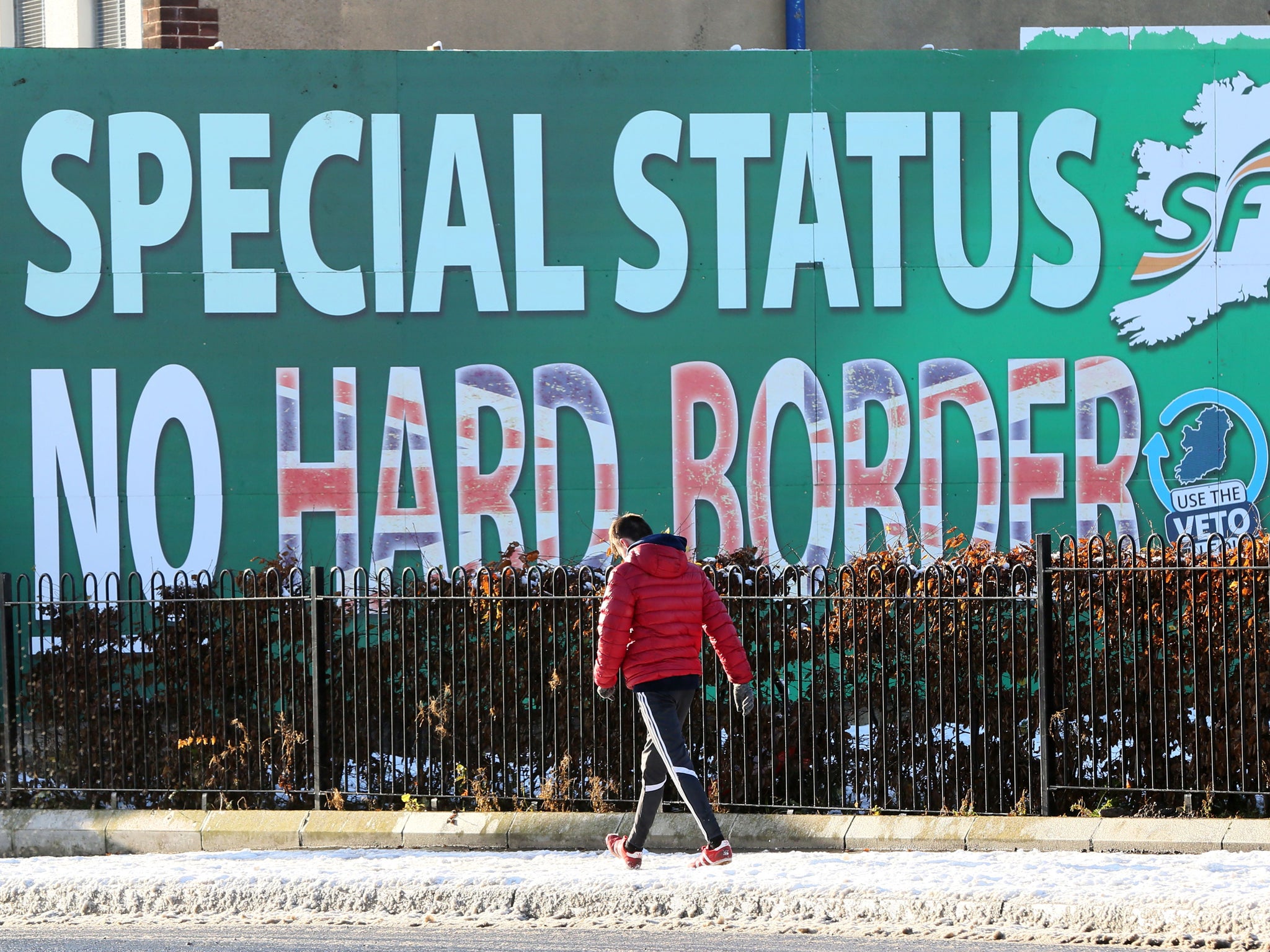
So Northern Ireland is waiting; for a solution on the border, but also for a political landscape that works for everybody. Surely, after two decades, that isn’t too much to ask?
“I thought within 20 years, something is bound to be different other than the fact we’re not shooting each other,” Alex Kane says, “and that’s good, but it’s not enough. Not killing each other is normal, but also normal is parties making decisions, going into government together, having choices. We don’t seem any closer to that.”
But the restoration of power sharing, as ingrained in the Good Friday Agreement, is a must. It may require unpalatable concessions from both sides, but a Stormont assembly is essential, whether you want to remain in a UK of devolved governments, or – as Bertie Ahern points out – if you are aiming for that referendum on Irish unity.
“You have to have stable institutions and sustainable development going forward before you do that,” he believes. “The clause to have referendums is part of the Good Friday Agreement, so it doesn’t seem logical in my view to be talking about a referendum when you don’t even have the agreement fully in place.”
The evidence suggests that the winds of change are blowing in favour of Northern Ireland’s nationalists, but the hard work of honouring the Good Friday Agreement is crucial to achieving a new Ireland of equals for all.

Join our commenting forum
Join thought-provoking conversations, follow other Independent readers and see their replies
Comments